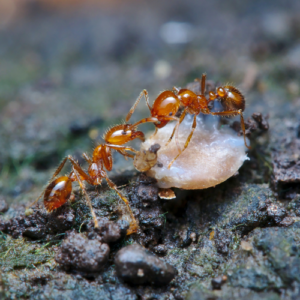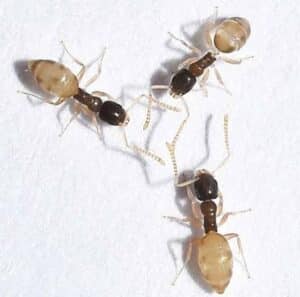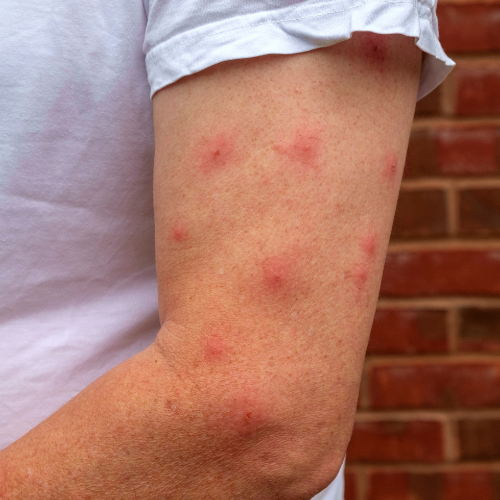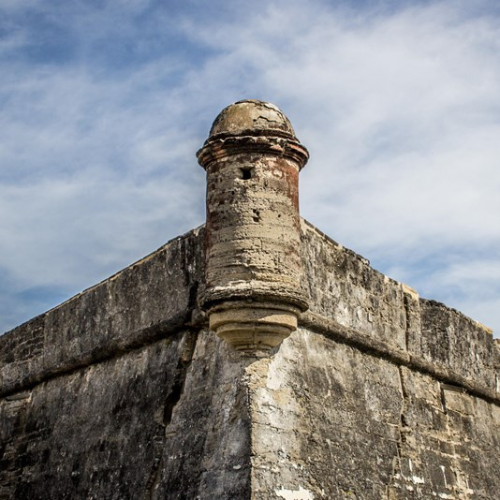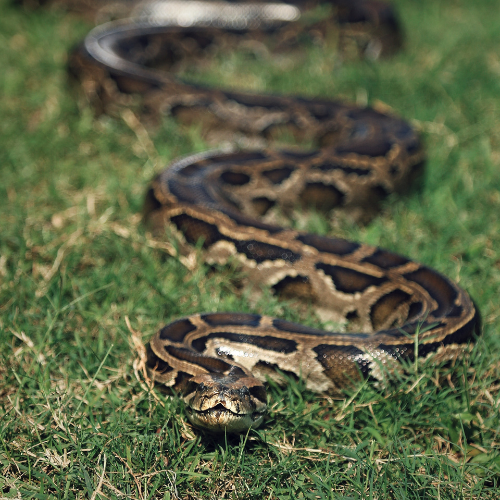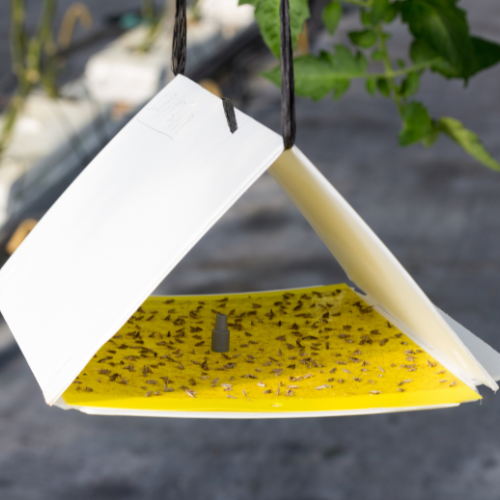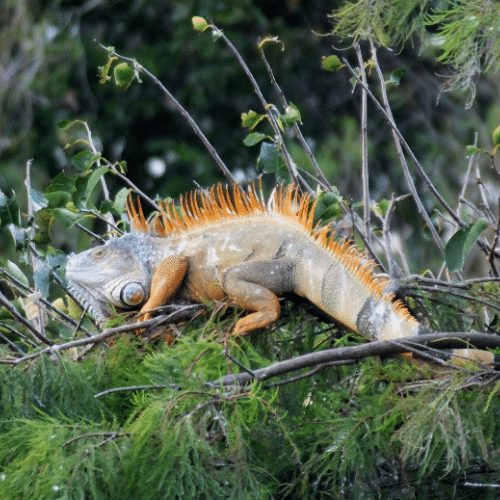
Ants

Pest Busterzz is your go-to for reliable and eco-friendly ant control in Broward, Miami-Dade, and Palm Beach counties. Our commitment to using organic products ensures the safety of your loved ones while providing guaranteed results. Count on our professional team to deliver effective and environmentally responsible pest control solutions.
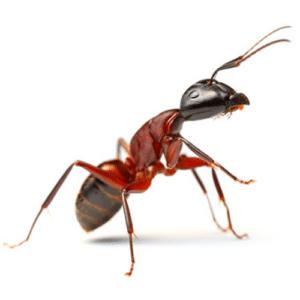
Ant Control: Our specialized ant control services are tailored to address various types of ant infestations, including common household ants, carpenter ants, and fire ants. We conduct a thorough assessment to determine the most effective treatment plan for your specific situation.
Organic Solutions: We are committed to using professional organic products for ant control. Our environmentally friendly approach ensures the safety of your family, pets, and the ecosystem while effectively eliminating ants.
Preventive Measures: In addition to treating existing infestations, we provide comprehensive preventive measures to keep ants from returning. Our services include habitat modification, exclusion techniques, and regular maintenance checks to safeguard your home against future invasions.
Step-by-Step Process
Initial Consultation: Our process begins with a detailed consultation to understand your concerns and gather information about the ant infestation in your home.
Inspection: Our trained technicians conduct a thorough inspection of your property, identifying potential entry points, nesting sites, and the extent of the infestation. We pay special attention to areas where ants are most likely to enter, such as kitchens, bathrooms, and exterior walls.
Identification: Accurate identification of the ant species is crucial for determining the most effective treatment strategy. We use our expertise to identify the specific type of ants present in your home.
Customized Treatment Plan: Based on our findings, we develop a customized treatment plan that utilizes professional organic products to target the ants while ensuring the safety of your home and the environment.
Treatment Implementation: Our technicians carefully implement the treatment plan, focusing on the identified nesting sites and entry points. We use a combination of organic baits, barriers, and other non-toxic methods to eliminate the ants.
Follow-Up and Monitoring: After the initial treatment, we schedule follow-up visits to monitor the situation and make any necessary adjustments to the treatment plan. Our goal is to ensure the complete eradication of the ant infestation and prevent future occurrences.
Prevention and Education: We provide you with expert advice and recommendations on how to maintain an ant-free environment. This includes tips on sanitation practices, landscaping adjustments, and other preventive measures to keep ants at bay.
Common Ants In South Florida
Ghost ants are named for their translucent legs and abdomen, which make them difficult to see. They are tiny, with workers measuring about 1.3 to 1.5 mm in length. Ghost ants are known for their sweet tooth, as they are attracted to sugary substances. They often invade homes in search of food and water, making them a common household pest.
Carpenter ants are one of the largest ant species in South Florida, with workers ranging from 6 to 12 mm in length. They are usually black or red and black in color. Unlike termites, carpenter ants do not eat wood, but they can cause structural damage by excavating tunnels for their nests. They are attracted to moist, decaying wood, making them a concern for homeowners.
Fire ants are notorious for their painful stings, which can cause allergic reactions in some individuals. They are reddish-brown to black and measure about 2 to 6 mm in length. Fire ants build large, mound-shaped nests outdoors and are aggressive when disturbed. They are a significant pest in agricultural and residential areas.
- White-Footed Ants (Technomyrmex difficilis)
White-footed ants are known for their distinctive white feet, which contrast with their dark bodies. Workers are small, about 2.5 to 3 mm in length. They primarily feed on honeydew produced by aphids and scale insects. White-footed ants are often found in landscaping and can infest homes in search of food and water.
- Big-Headed Ants (Pheidole megacephala)
Big-headed ants are named for the enlarged heads of their soldier caste. Workers are small, around 1.5 to 3 mm in length, while soldiers can be up to 4 mm long. They are typically light brown to reddish-brown. Big-headed ants feed on a variety of foods, including insects, seeds, and sweets. They often nest outdoors but can enter buildings through cracks and crevices.
- Crazy Ants (Paratrechina longicornis)
Crazy ants are known for their erratic, rapid movement. They are small, about 2.3 to 3 mm in length, and dark brown to black in color. Crazy ants are attracted to electrical equipment and can cause damage to appliances and wiring. They feed on a wide range of foods, including sweets, proteins, and other insects.

